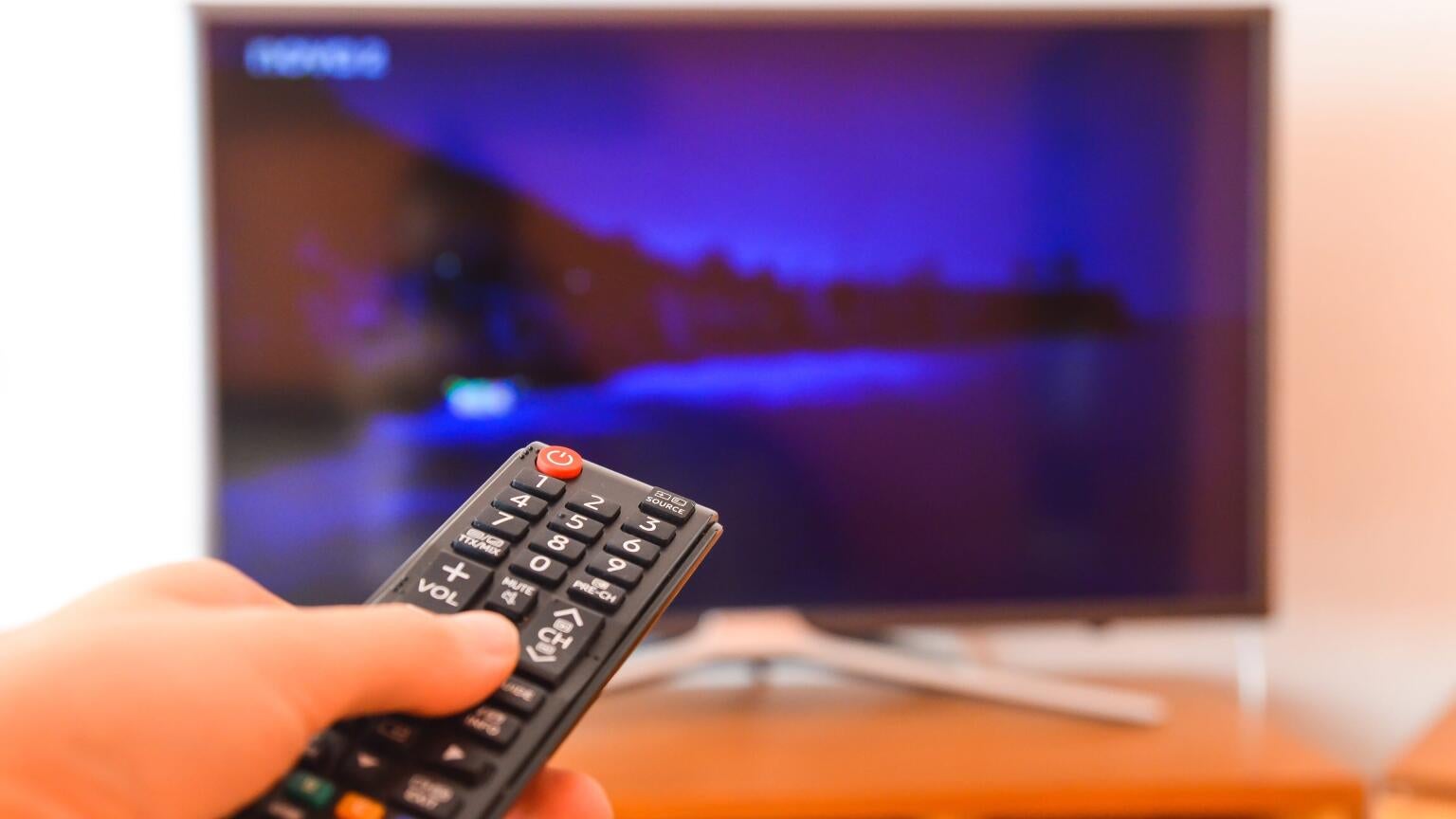YouTube TV Adding Previous Channel Shortcut; What Other Features Would Improve Live TV Experience?
TV remotes with tons of buttons may be old-fashioned, but they could make the live TV streaming experience much better.

Live TV streaming has a ways to go before it replaces cable. Convincing people to cut the cord and leave behind the familiar cable experience is tough enough without the number of user experience issues live TV services have, but YouTube TV is trying to partially solve that problem. According to 9to5 Google, YouTube TV is adding a previous channel shortcut to return the user to their last-watched channel.
- A long-press of the “Select” or “OK” buttons on YouTube TV will soon return users to their previous channel.
- Some YouTube TV subscribers report already seeing the previous channel capability added to their account.
- Other upgrades, like updated live guides and dedicated channel buttons on remotes could help improve the live TV streaming user experience even further.
Is YouTube TV’s Previous Channel Shortcut Widely Available?

As of now, the previous channel shortcut is rolling out slowly to YouTube TV users. Customers are currently seeing it on Apple TV and Google TV, though it will presumably roll out to more subscribers on other devices in the near future.
There’s no dedicated button to return to a previous channel on YouTube TV, at least for now. Rather, YouTube has programmed the “Select” and “OK” buttons to allow users to switch back to the last channel watched if given a long-press rather than a simple click.
How Else Can Live TV Streaming Improve Customer Experience?

The main advantage live TV streaming has over cable and satellite is that it allows users to get all their favorite cable channels with no clunky boxes, buried cables, or dish installations that take half the afternoon. All you need is a valid internet connection to watch on any connected device.
That convenience is marred by a user experience that is often sub-par, however. One of the biggest steps forward in improving this experience could be a step back, in fact; dedicated, physical remote controls could be a big step up for live TV customers. This would allow users to de-clutter the on-screen view by putting some of those controls on the remote, and it could feature programmable or pre-programmed buttons that allow users to jump to their favorite channels like FX or ESPN with just one push. Streaming device remotes already have these buttons dedicated to platforms like Disney+ and Max, so why not bring that shortcut to live TV streamers too?
Live TV guides could use a facelift as well. Why are users still consigned to pressing the “Over” button 24 times to watch all content on a channel during a day? Why do interfaces make users sort channels into a Favorites list themselves when that could be tracked automatically and compiled easily by analyzing that viewer’s habits over the course of a week or a month? These seemingly easy fixes would make content discovery easier and would allow users to find their favorites quickly.
Playback itself could be upgraded on live TV streaming platforms, as well. Xfinity cable customers enjoy a feature that allows them to fast forward through commercials automatically, and the live TV streaming service that adopted a similar feature first would have a big advantage over its peers. Allowing users greater choice over how fast/slow fast forwarding and rewinding live TV goes would also be an improvement; many interfaces start fast forwarding or rewinding at 4x speed, which makes it far too difficult to tell where the user is in the program with the preview window jumping ahead or behind in big chunks.
Finally, and least likely to happen, live TV streaming providers could make the switch to a truly a la carte offering of channels. That would certainly improve the user experience, as customers could decide which channels they would watch all the time, and then pay only for those channels. The problem facing providers and customers is that channel owners would never agree to it. Take Disney, for example. The Mouse House has made billions of dollars over the years by forcing cable providers to include ESPN in their base channel packages, and no legacy media company grappling with the kind of revenue declines the industry is seeing in linear advertising would willingly allow live TV streaming providers to sell their channels a la carte. Selling cable channels to viewers is a volume business, and it’s highly unlikely that channel owners would agree to such a dramatic shift in the model.
Making the more modest improvements listed above would cost operators like YouTube TV money in the short term, but in the long term, they could well lure more customers to live TV streaming and away from cable. YouTube TV’s previous channel shortcut is a good start, but it has the opportunity to make more sweeping changes to its user interface if it truly wants to help customers enjoy their viewing experience.
